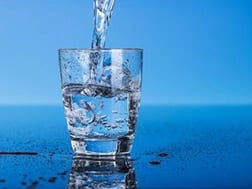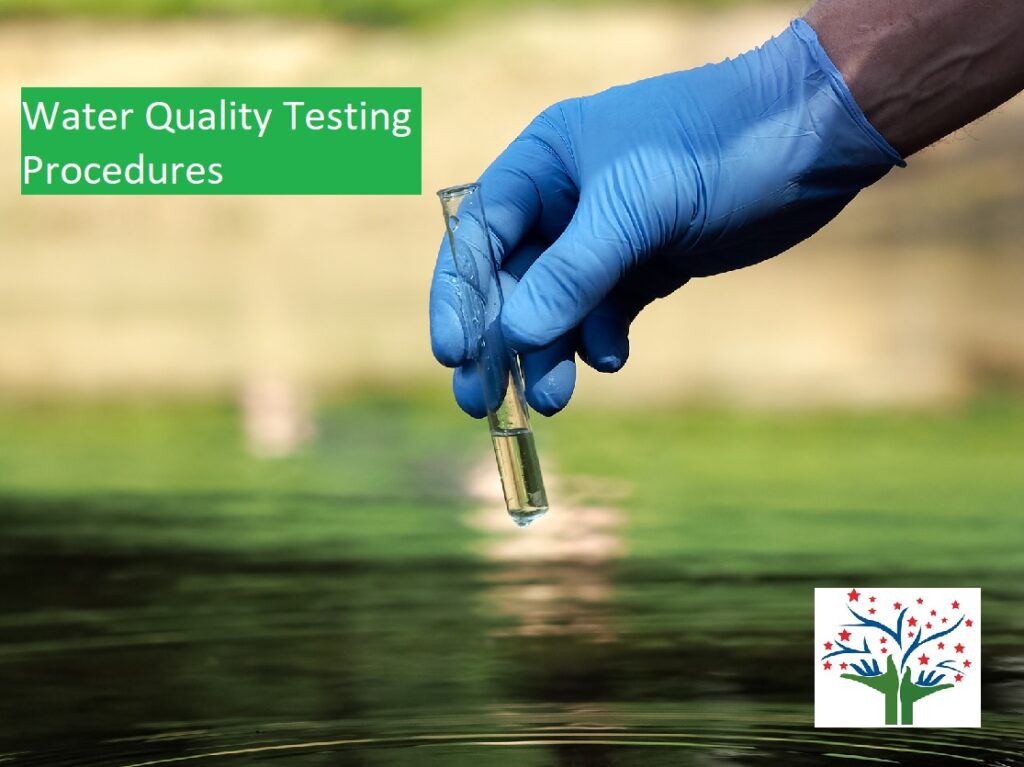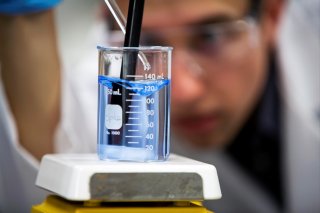Learn Exactly How Water Testing Can Discover Contaminants and Protect Your Family's Well-being
Understanding the relevance of water testing is important for securing your family members's health, as our water supply can harbor undetected dangers. By discovering the auto mechanics of water testing, one can discover the unseen hazards hiding in relatively excellent water sources.
Value of Water Examining
Acknowledging the important duty water plays in sustaining life, the relevance of water testing can not be overstated. Water is a basic source, important for alcohol consumption, food preparation, sanitation, and numerous industrial procedures. Its top quality straight influences public wellness and health. For that reason, making certain that water is totally free from dangerous materials is important for preserving healthy communities and environments.
Water testing offers as an aggressive procedure to recognize possible dangers that might compromise water top quality. Via systematic evaluation, it aids discover physical, chemical, and biological criteria that can position threats to human health. Routine testing permits the early discovery of problems, helping with timely treatments to avoid prevalent contamination and associated wellness problems.
Moreover, water testing supports regulative conformity, ensuring that water carriers satisfy established security standards and guidelines established by governmental authorities. It promotes transparency and responsibility, developing public count on the water system system. Testing gives valuable information that educates water management strategies, enabling lasting use and preservation of this precious source.
Basically, water testing is an indispensable tool that safeguards public health and wellness, makes certain governing adherence, and promotes the lasting management of water sources. Its value in protecting both individuals and neighborhoods can not be undervalued.
Usual Water Pollutants
Amongst the numerous elements that can compromise water high quality, usual water impurities consist of a variety of physical, chemical, and organic materials that present substantial threats to human health and wellness and the atmosphere. Physical impurities frequently entail debris or natural products suspended in water, which can influence quality and preference. Chemical pollutants include a vast range important, consisting of pesticides, herbicides, steels like lead and mercury, and commercial chemicals. These chemicals can infiltrate water products through farming runoff, commercial discharges, or seeping from pipelines and storage space tanks.
Biological pollutants, mostly bacteria, viruses, and protozoa, arise from human and animal waste going into water systems. Microorganisms such as E. coli, Giardia, and Cryptosporidium are notorious for triggering gastrointestinal illnesses and can be particularly dangerous to children, the senior, and those with endangered immune systems. Nitrites and nitrates, often stemming from fertilizers, pose an additional wellness threat, especially to infants, potentially resulting in conditions like methemoglobinemia or "blue child disorder."
In addition, arising impurities, including pharmaceuticals and personal treatment items, have actually raised worries because of their determination and unidentified long-lasting results. Recognizing these impurities is important for applying reliable water treatment techniques and guaranteeing safe alcohol consumption water.
How Water Screening Works
Understanding the spectrum of impurities in water emphasizes the importance of effective screening approaches to protect public health. Water screening is a methodical procedure made to recognize and quantify numerous contaminations that could pose dangers to human health and wellness. This involves a collection of analytical procedures that identify contaminants such as microorganisms, hefty metals, organic chemicals, and other toxins. The testing process generally starts with example collection from the water resource, guaranteeing that samples are depictive my latest blog post and unpolluted throughout the collection procedure.
As soon as examples are collected, they undertake lab analysis utilizing numerous strategies. Chemical screening often includes spectrometry or chromatography, both of which can recognize and measure details chemical substances. For microbiological screening, techniques such as membrane layer filtration or enzyme substratum examinations are made use of to find pathogenic microorganisms. In addition, physical features like ph, color, and turbidity are analyzed to offer insight into the total top quality of the water.
The specific methodologies utilized in water screening rely on the particular contaminants of problem and the water's planned usage. By constantly applying these strenuous screening procedures, researchers and public wellness authorities can guarantee the safety and quality of water, thereby protecting neighborhoods from possible wellness hazards.
Selecting the Right Test
Just how does one determine one of the most appropriate water test for their requirements? Choosing the ideal test entails understanding both the specific features of the water source and the possible pollutants that might be existing. The primary step is examining the water resource-- be it metropolitan, well, or surface area water-- as each has unique risks. Municipal water might need screening for disinfectant by-products, while well water may need screening for nitrates, bacteria, and hefty steels.
Next, consider environmental variables and current events. Nearby agricultural tasks could require testing for chemicals and herbicides, whereas commercial areas could need look for chemical contaminants. Additionally, any kind of adjustments in water look, smell, or preference need to prompt details testing for typical contaminants like lead, chlorine, or biological microorganisms.
Specialist water screening services see this use extensive kits that target a large range of possible contaminants. These sets commonly straighten with requirements established by the Epa (EPA) or neighborhood wellness divisions. For an extra tailored technique, seeking advice from a water top quality expert can provide understandings into which particular examinations are necessary based upon local issues and individual health demands, ensuring the protection of your house's health.

Preserving Water Security

Along with screening, correct maintenance of water supply plays a vital duty. This includes servicing and inspecting pipes systems, tank, and septic systems to avoid leaks or backflow that can present pollutants - Water Tesing Services Orlando. Using water purification systems created to attend to specific regional problems can additionally protect against impurities, offering an additional layer of security
Public recognition and education are similarly crucial in keeping water safety and security. Communities should be notified about prospective go to website risks connected with regional water sources and the necessary actions to minimize them. Motivating public involvement in water safety and security efforts promotes a cumulative duty that boosts general effectiveness.
Inevitably, an extensive approach that incorporates normal screening, system maintenance, and community participation is important in safeguarding water top quality. By doing so, family members can be guaranteed of secure and tidy water, shielding their wellness and health.

Final Thought
Normal water testing is crucial for recognizing impurities such as microorganisms, heavy steels, and chemicals that posture wellness threats. By assessing water samples, hidden threats can be identified, guaranteeing the stipulation of risk-free drinking water. This proactive approach helps create a much healthier environment and assists in educated decision-making concerning water safety and security. Picking ideal testing methods and keeping caution in water high quality are vital action in protecting public wellness and making certain the well-being of all home participants.
Understanding the value of water testing is crucial for safeguarding your family members's health and wellness, as our water supply can harbor unseen threats.Water testing offers as a proactive measure to identify prospective hazards that might compromise water quality.Moreover, water screening sustains regulatory compliance, making sure that water suppliers fulfill established safety criteria and standards set by governmental authorities. Metropolitan water may require testing for disinfectant byproducts, while well water might require testing for nitrates, germs, and hefty steels.
Regular water screening is a critical component in maintaining the top quality of water resources, making it possible for timely interventions prior to contaminants reach unsafe degrees.